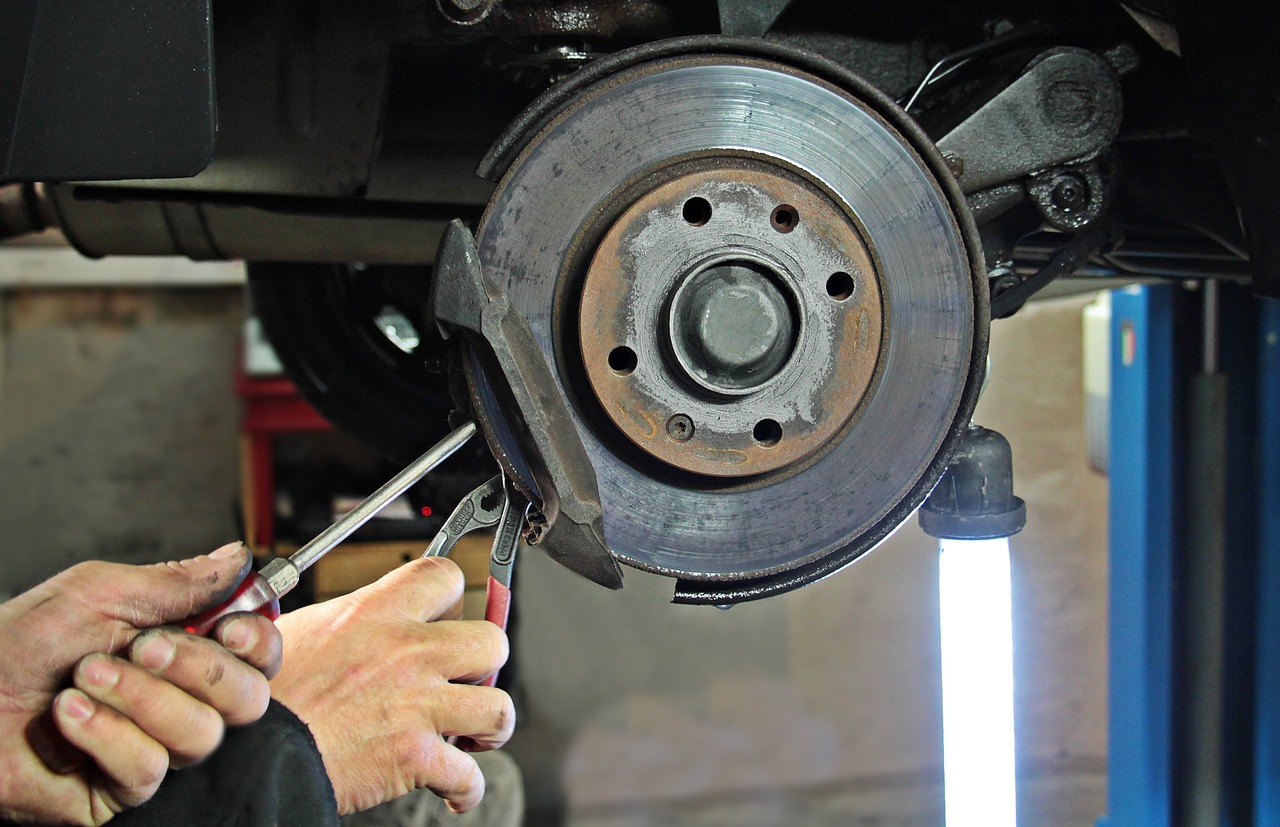You probably know someone who’s 2-year old vehicle is breaking down or was prematurely sent to the scrapyard. My spouse’s father has a 10-year old Honda—window cranks and all—that’s putting a lot of my buddies’ recent models to shame.
There’s a reason for that: dedication to replacing timing belts, manufacturer-recommended oil, grease, and liquids, as well as using his investment wisely. If you have a few minutes, I’d like to share with you a few common-sense principles for making sure your investment lasts more than a decade.
IMAGE: PIXABAY
1. Ch-Ch-Ch-Changes
I love David Bowie, don’t you? Diamond Dogs is full of great road tunes. Anyway, whether you see a Ford Fusion from 2010 running like it was manufactured last week, or one of your family members sailing down the street in their stunning, 1973 Camaro RS Z28… One thing is easy to see: they know how to care for their vehicle. The truth is, there’s no secret to keeping 20, 30 or 40-year-old cars in the prime of their youth. The trick is to shop around for new auto parts and accessories; constantly investing in your precious darling keeps it breathing for many years to come. (Which is a no-brainer, but it’s still worth driving the point home.)
You probably already know that preserving your baby means having an Olympic dedication to scheduled lubrication and consistent fluid checks like clockwork. Yes, you can invest hundreds of dollars for a top of the line, premium oils that cost $14-17 a quart. If you don’t change that oil regularly, you’re throwing that money down the drain.
Sometimes, though, maintenance is merely a matter of building a routine for yourself. This means working on developing a stronger sense of discipline. It is recommended to check your headlights weekly, inspecting your battery ever 6,000 miles, inspecting your engine, emission, and canister every 12,000 miles. Here are a few more of their handy, professional recommendations:
- Inspect brakes every 24,000 miles
- Clean fuel injection every 24,000 miles
- Service transmission every 24 months
- Check timing belts every 48 months (4 years) or 60,000 miles
2. Saving Money
Nobody likes repairing their car. Regular car maintenance is expensive – especially when you’re trying to save. One method for saving is by taking your vehicle to mechanics certified by the ASE.
These are industry-trained technicians who know everything about cars – meaning they won’t gyp you by installing lackluster parts or accessories in your vehicle. You’d also do well to shop around town at different body shop stores for select car parts. Getting multiple estimates will give you more accurate price quotes.
Always request detailed invoices from mechanics to understand labor and parts costs, compare warranties offered by different shops, and don’t hesitate to learn some DIY maintenance to cut down on minor service expenses.
Whether you’re dealing with engine trouble or need a beverage trailer repair service, researching online reviews and checking credentials can save you from unnecessary expenses. Additionally, signing up for loyalty programs at auto shops can sometimes earn you discounts on future services.
3. Schedule (And Stick To) Oil Changes
These days, depending on your vehicle manufacturer, you might not need to follow the standard “rule” of changing oil every 3k miles. It does mean, however, of staying on top of oil changes more frequently – or else motor oil will break down, depositing sludge into your engine and ruining everything. This is why it’s essential for you to triple-check the oil-change recommendations from your vehicle manufacturer.
Vehicle Maintenance – Conclusion
Car maintenance isn’t a chore; it’s the price we have to pay for the luxury of having a car. Our pride is in our babies; aren’t they worth taking care of? Like it or not, regular maintenance saves money.
If you are interested in even more technology-related articles and information from us here at Bit Rebels then we have a lot to choose from.


COMMENTS